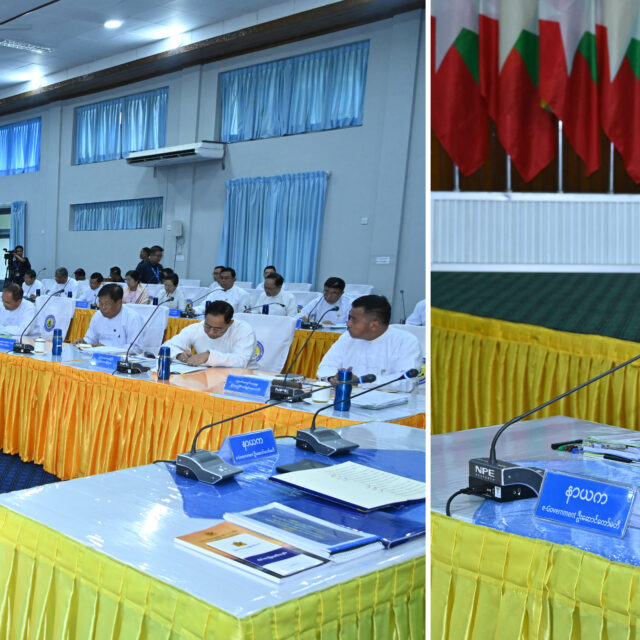The Wildlife Conservation Society Myanmar (WCS-Myanmar) has been actively engaged in conservation efforts in the Ayeyawady Region to safeguard the crane population in Myanmar.
The country is home to the black-necked crane, sarus crane, and the demoiselle crane. Since 2016, WCS-Myanmar, in collaboration with relevant bodies, has been researching to conserve the sarus crane population in the Ayeyawady Delta.
Ornithologist U Thet Zaw Naing of WCS-Myanmar said: “At the outset of our conservation endeavours, we identified merely 33 nests. By 2017, this figure had risen to 138, and in the reproductive season of 2018, we documented 182 nests.”
He credited this positive trend in bird population to the cooperation of local communities with researchers.
“We estimate the current sarus crane population in the Ayeyawady Region to be around 600 individuals.”
The cranes’ habitats include the Indawgyi Wildlife Sanctuary, Inlay, Moeyungyi Wetland, and specific areas of Kayah, Rakhine, and Yangon. Researchers have also identified crane populations across most of the Ayeyawady Region except in the Labutta, Bogale, and Pyapon areas.
The International Union for Conservation of Nature has classified the sarus crane, scientifically known as Grus Antigone, as a vulnerable species. Additionally, the Myanmar government has designated the crane as a protected species.
WCS-Myanmar works with the Nature and Wildlife Conservation Division of the Forest Department, Mainmahla Island Wildlife Sanctuary, and local organizations to protect the birds. — ASH/NT
Conservation efforts safeguard crane population in Myanmar’s Ayeyawady Region
- January 31, 2024
- 201















